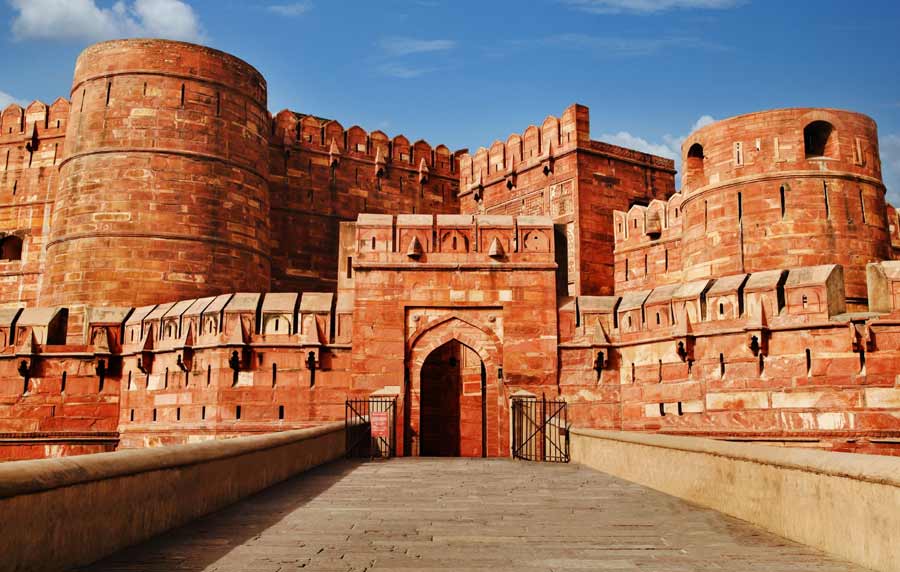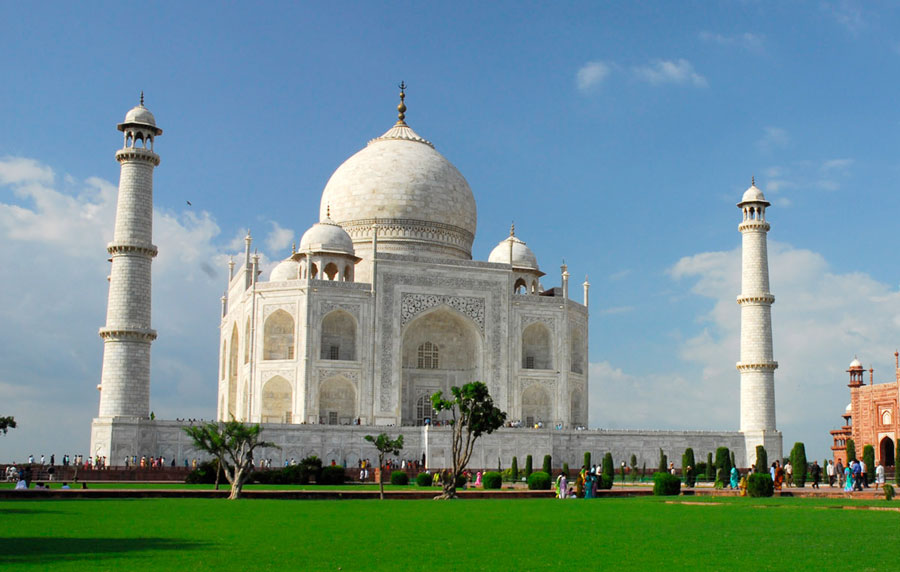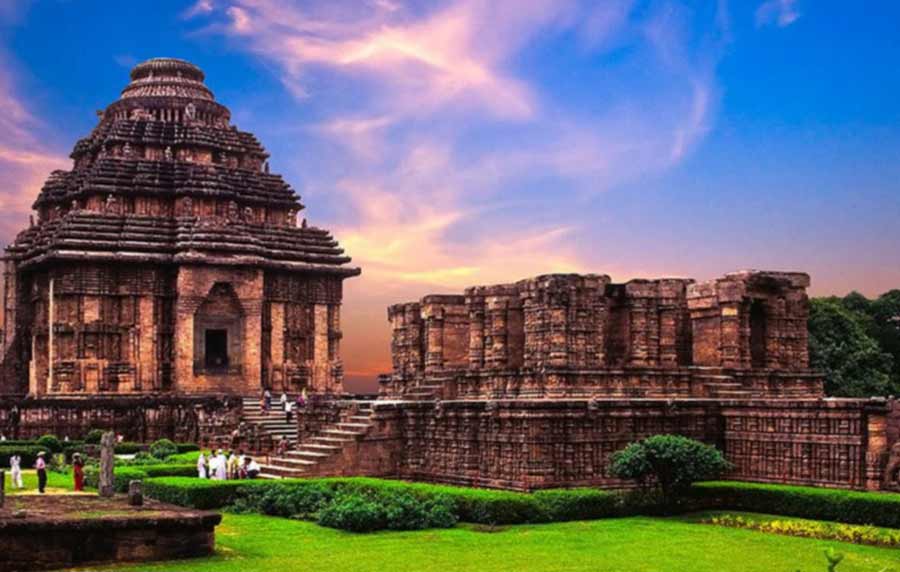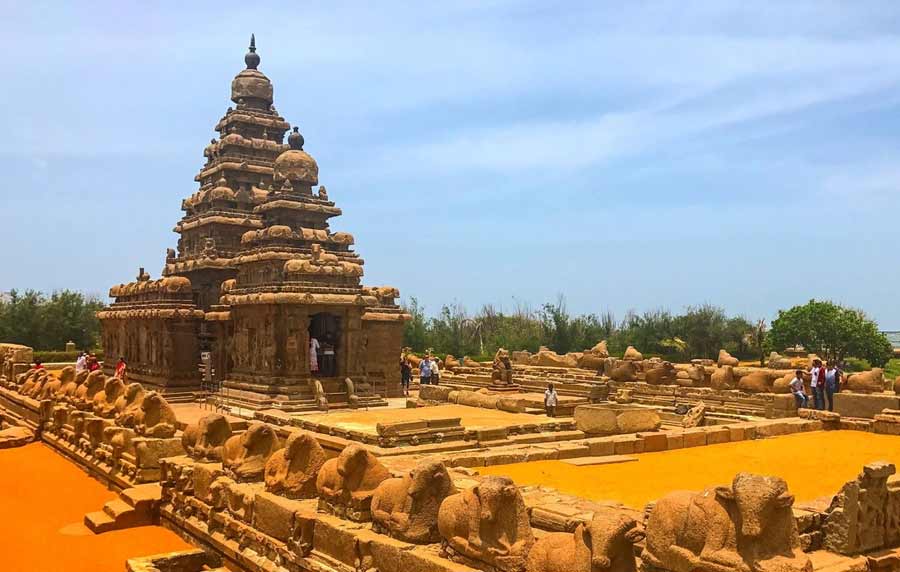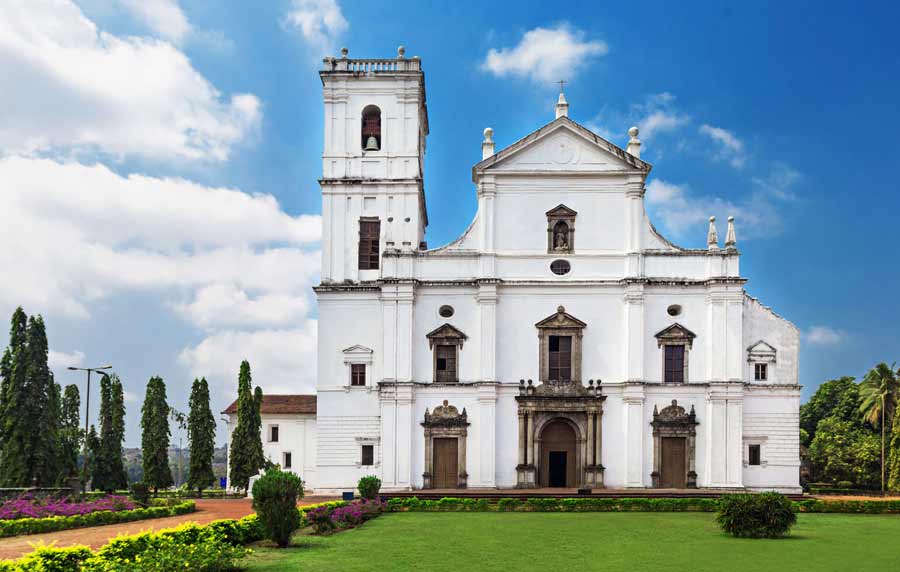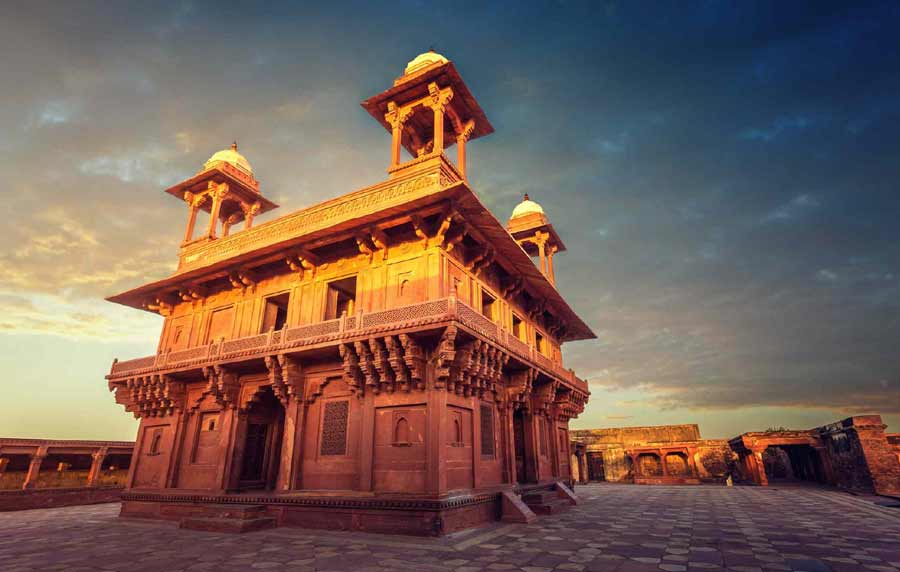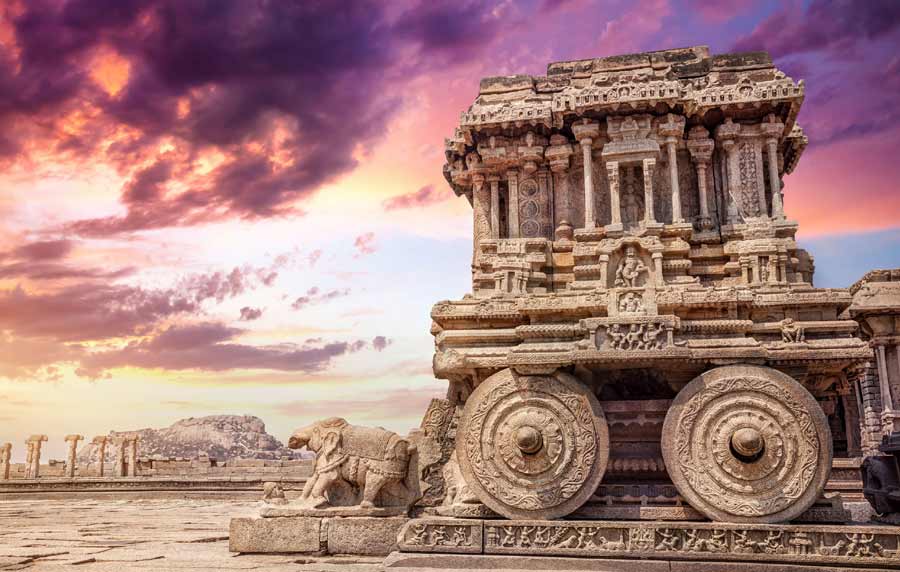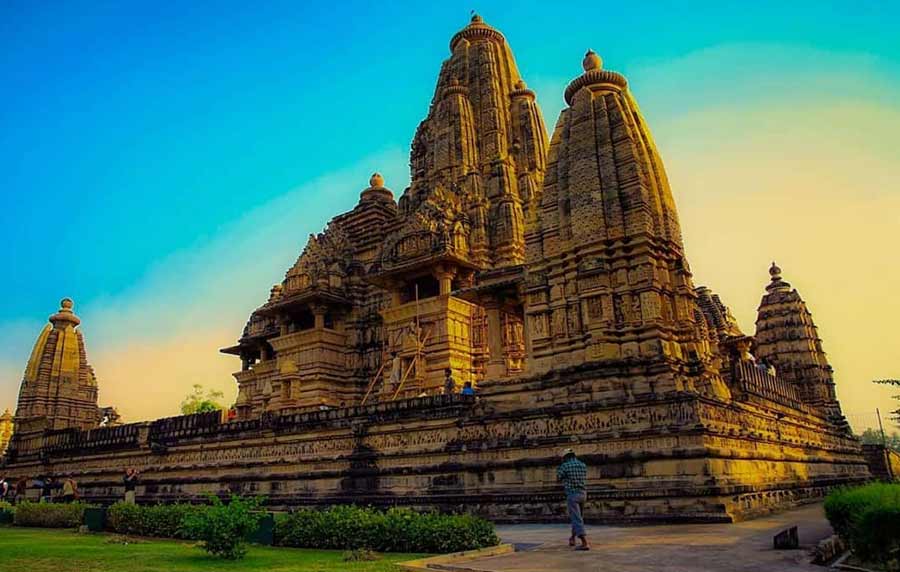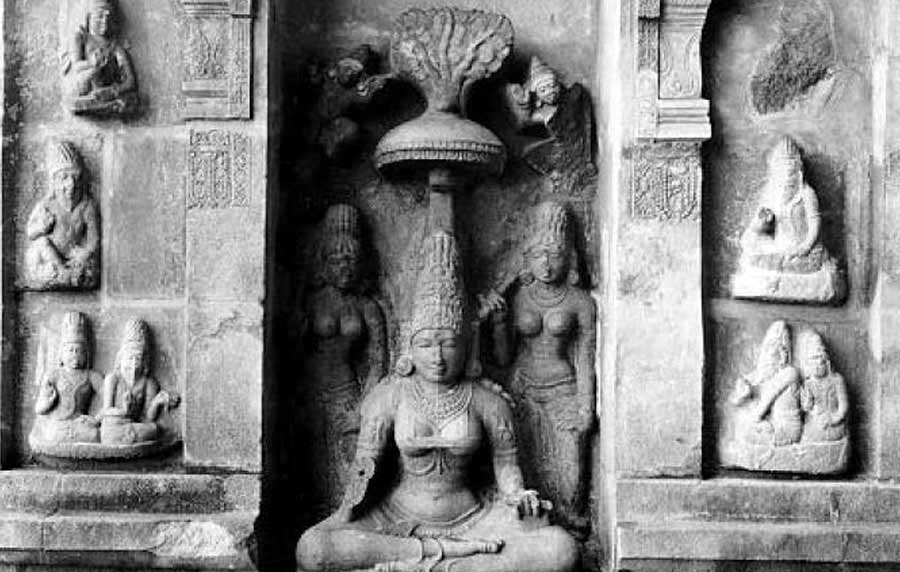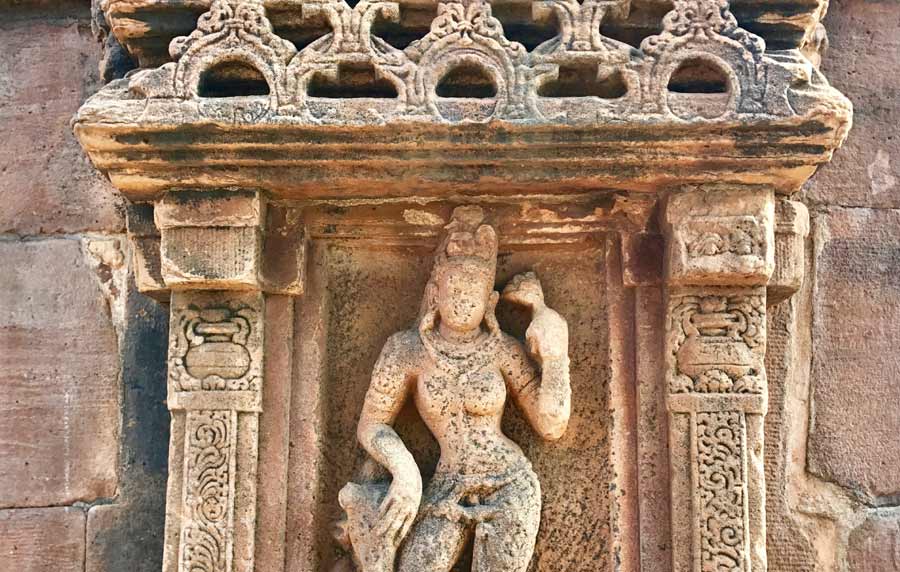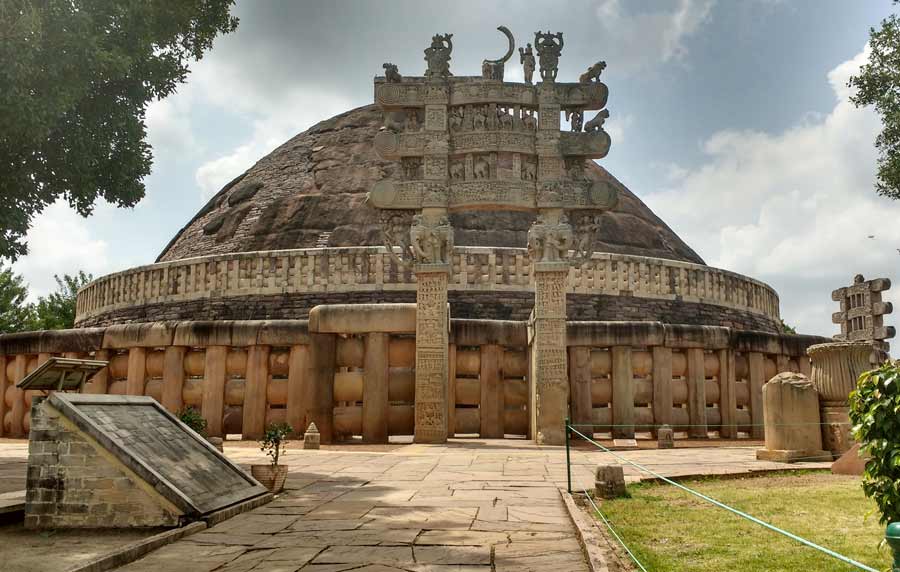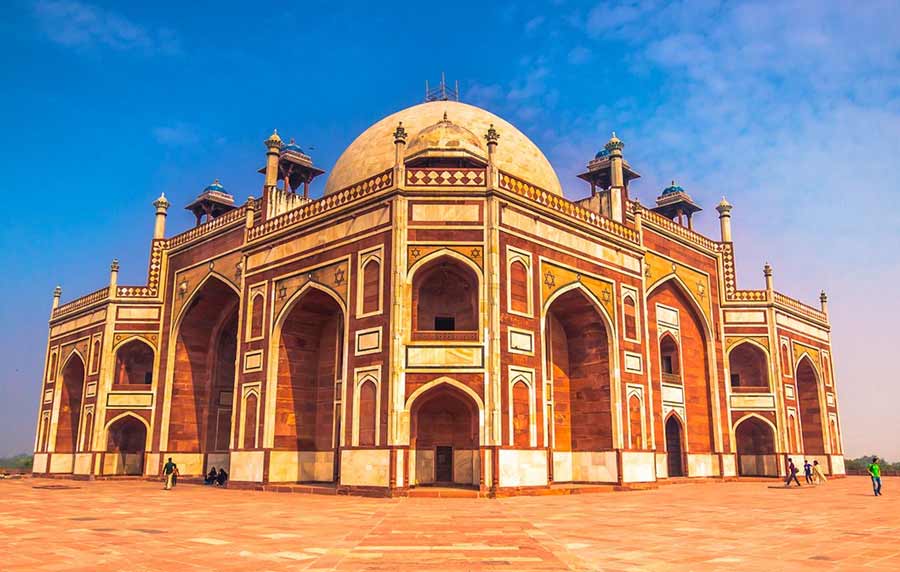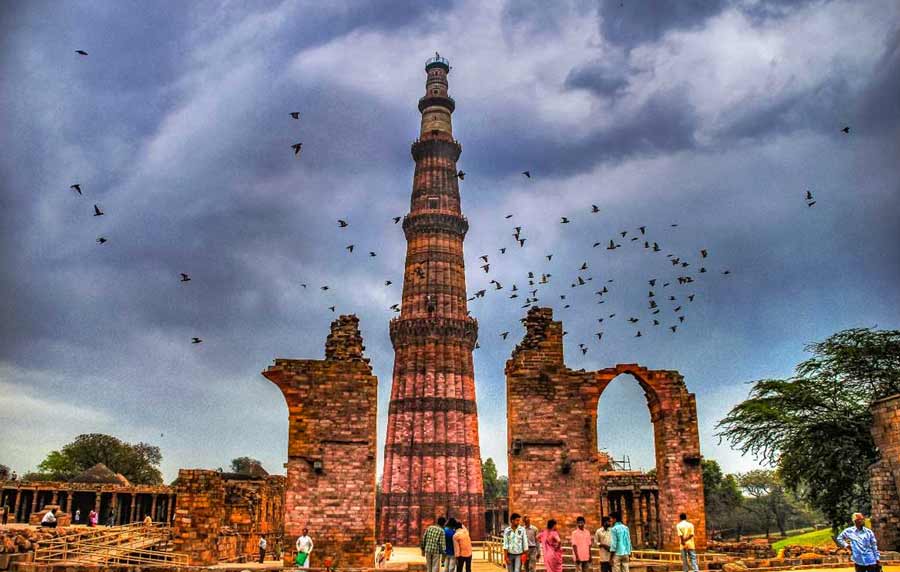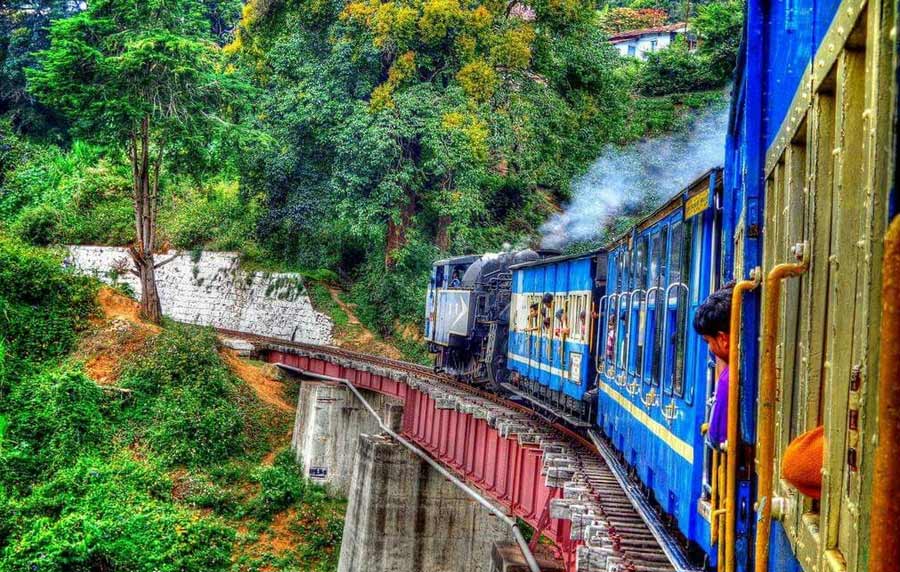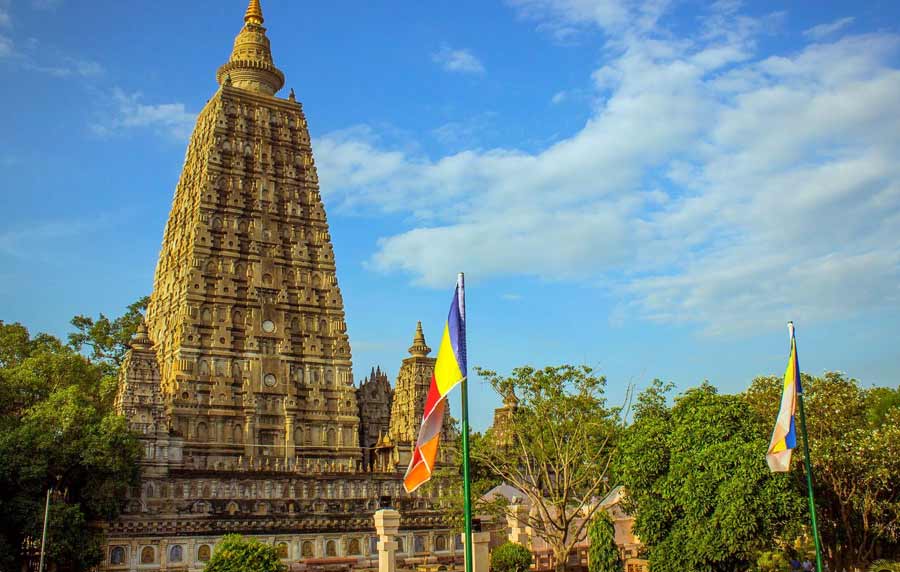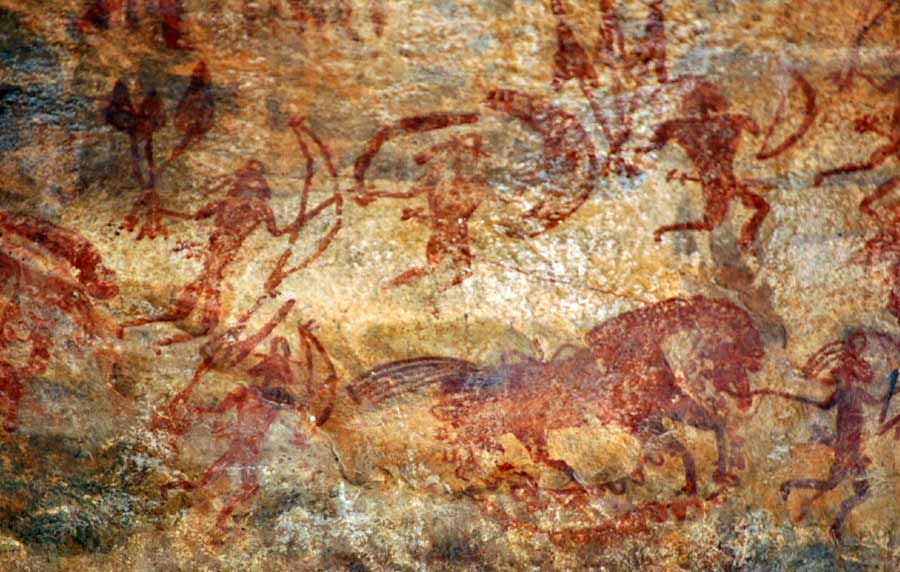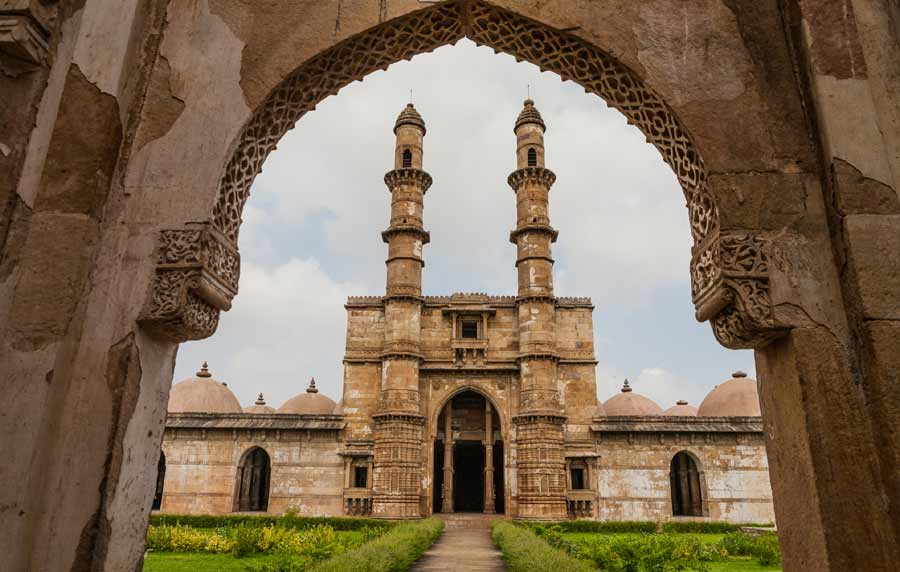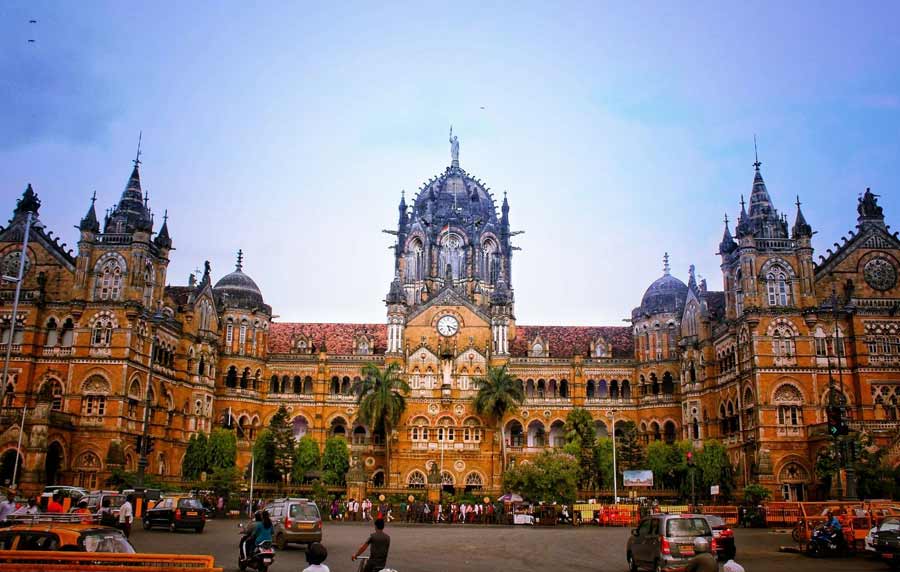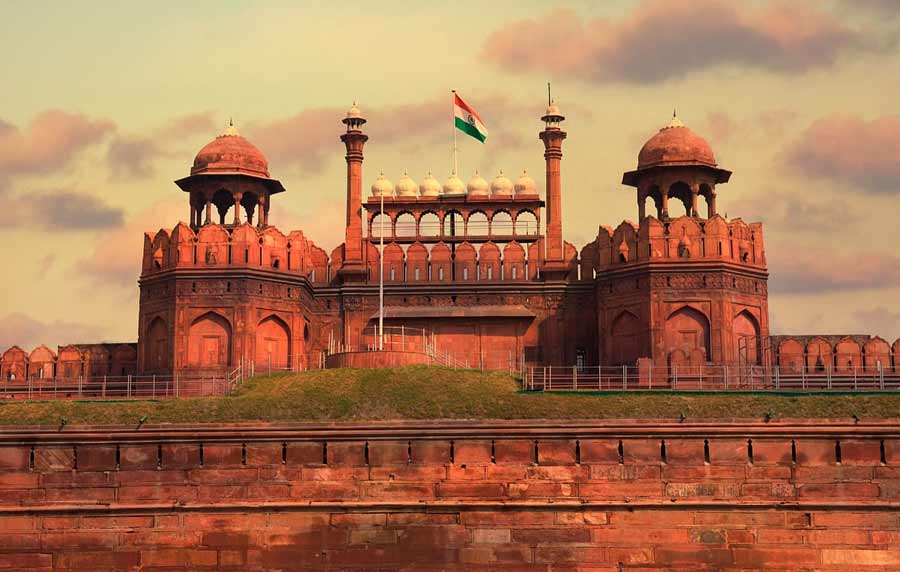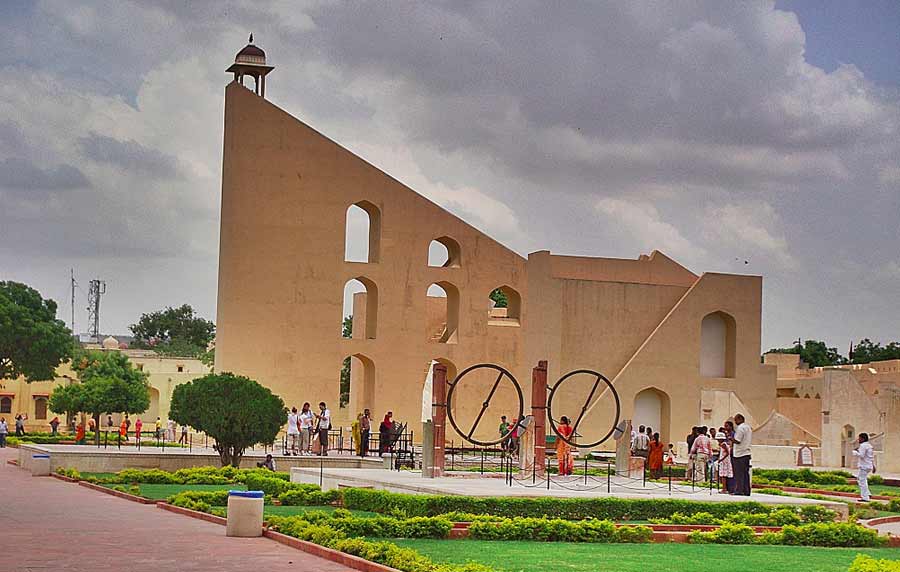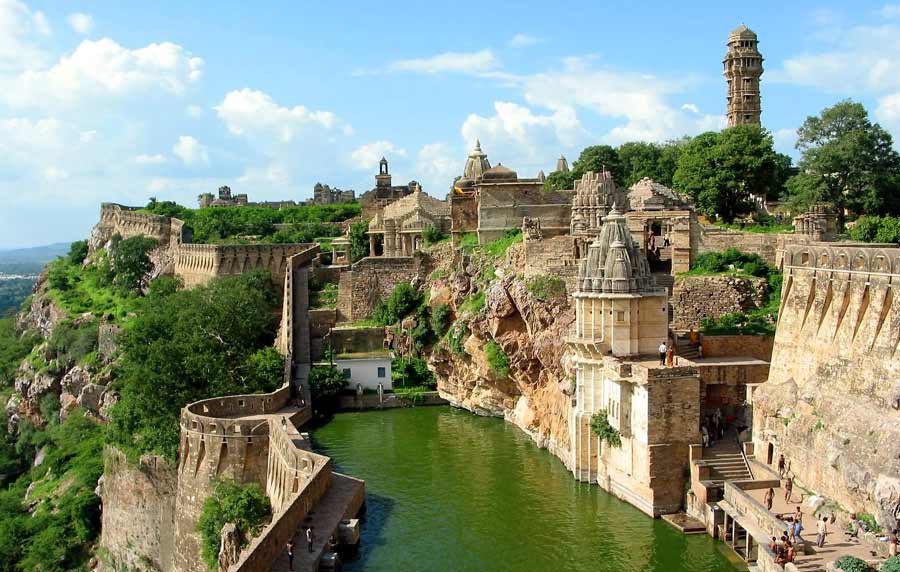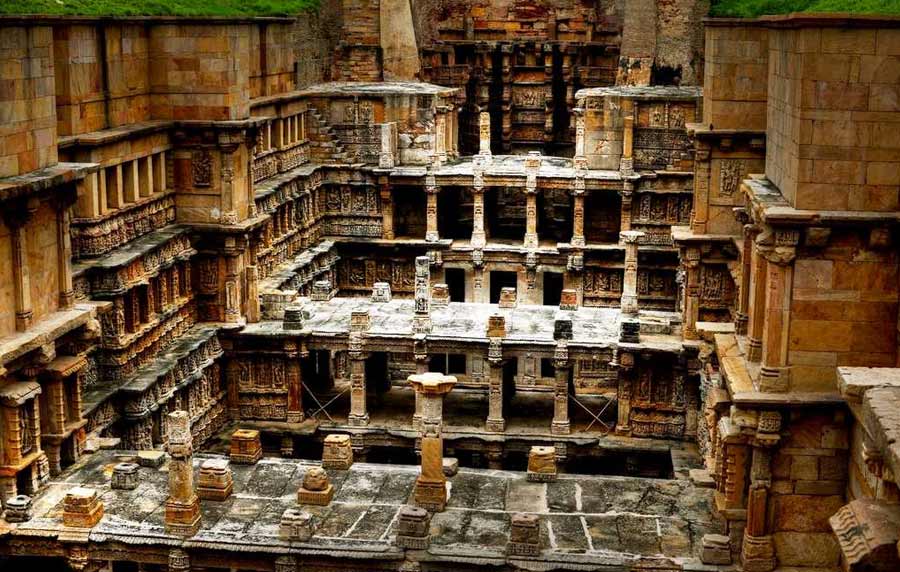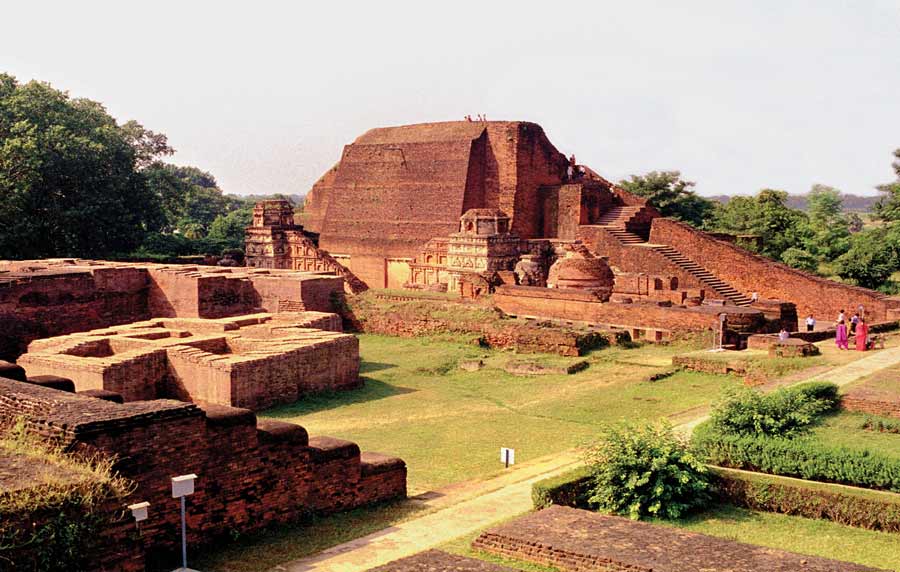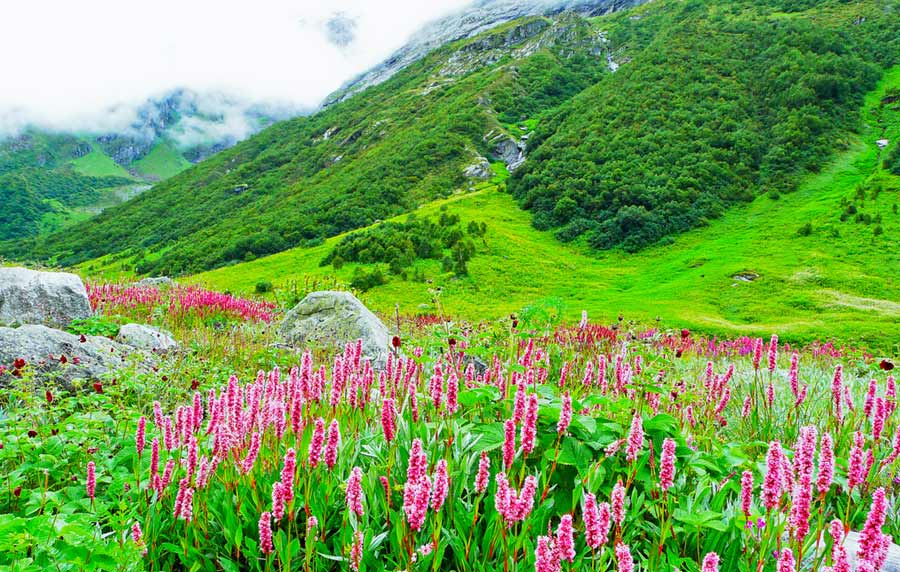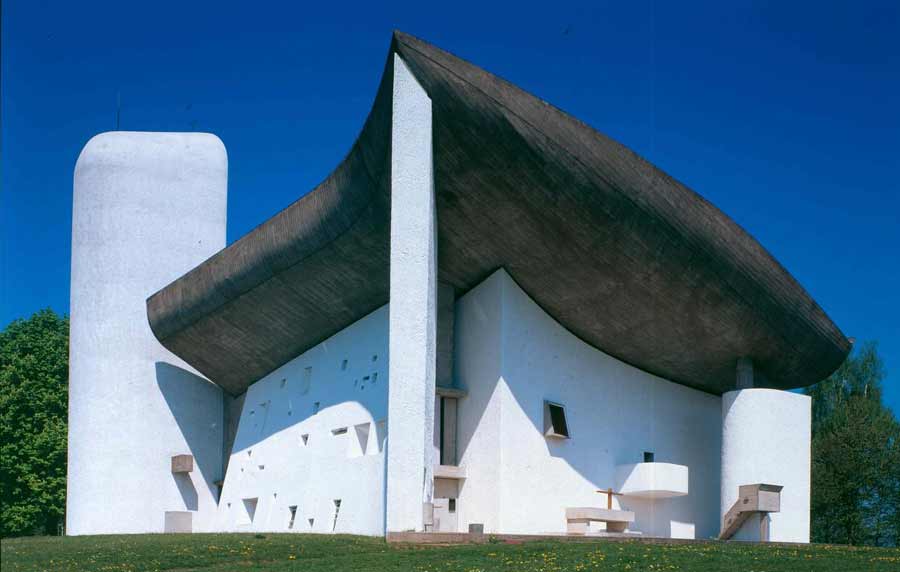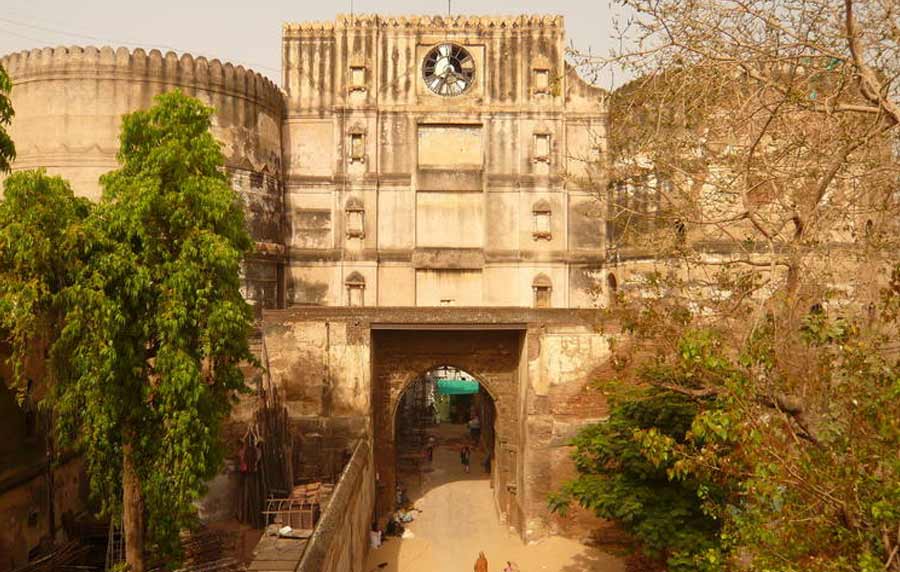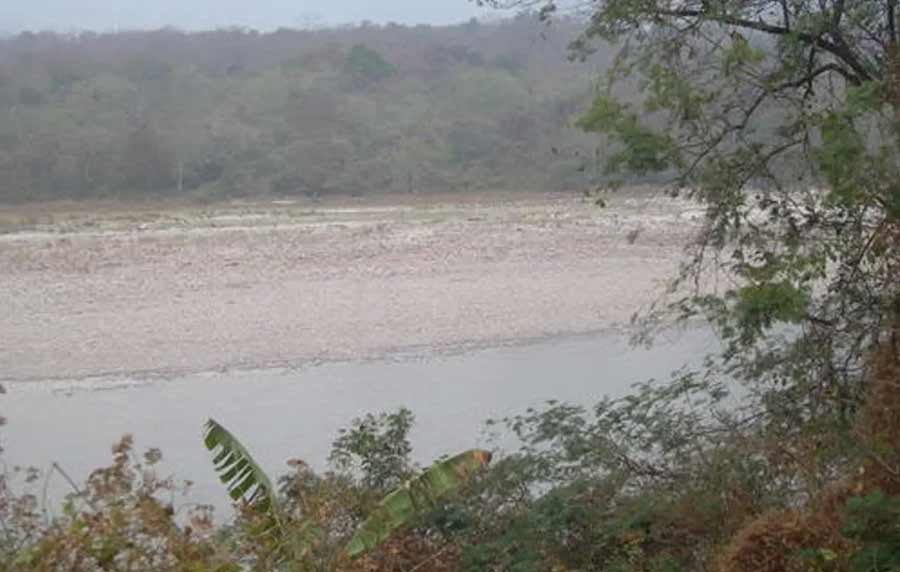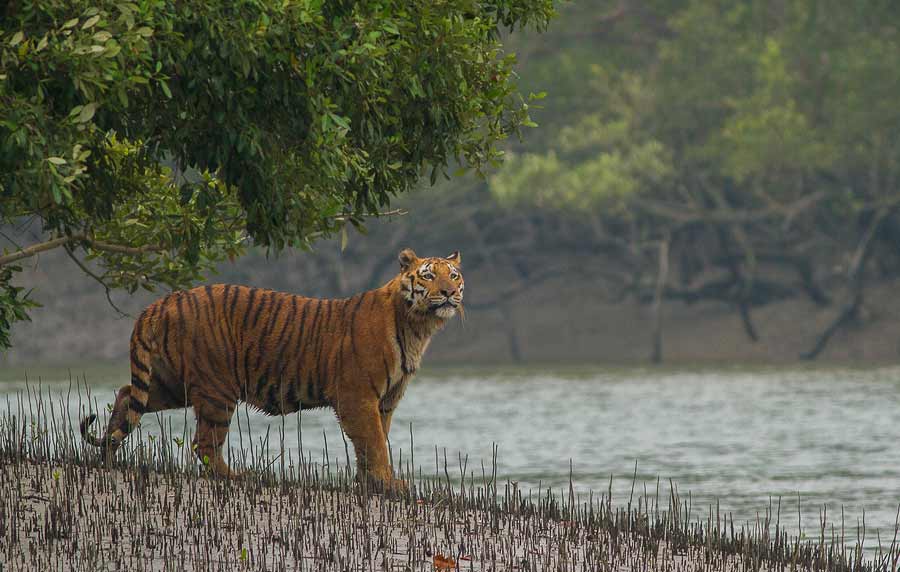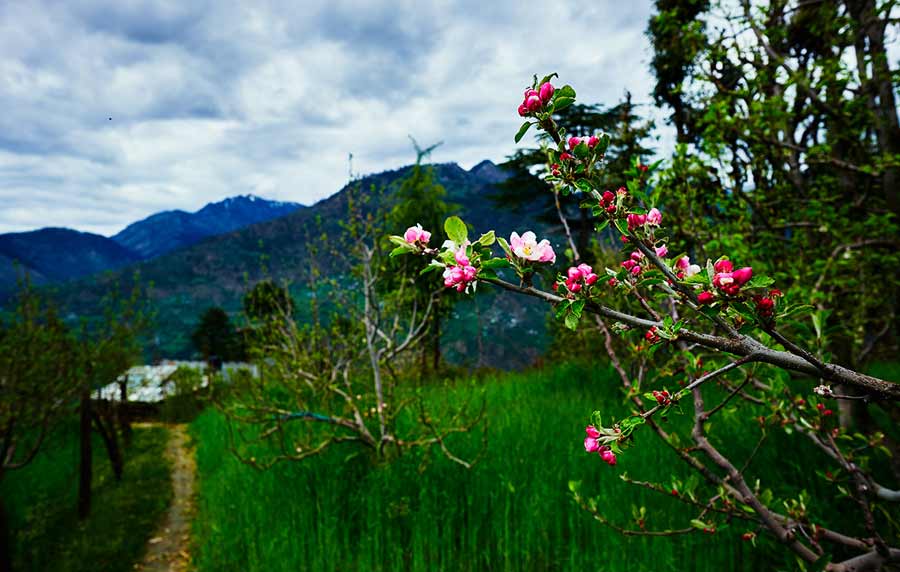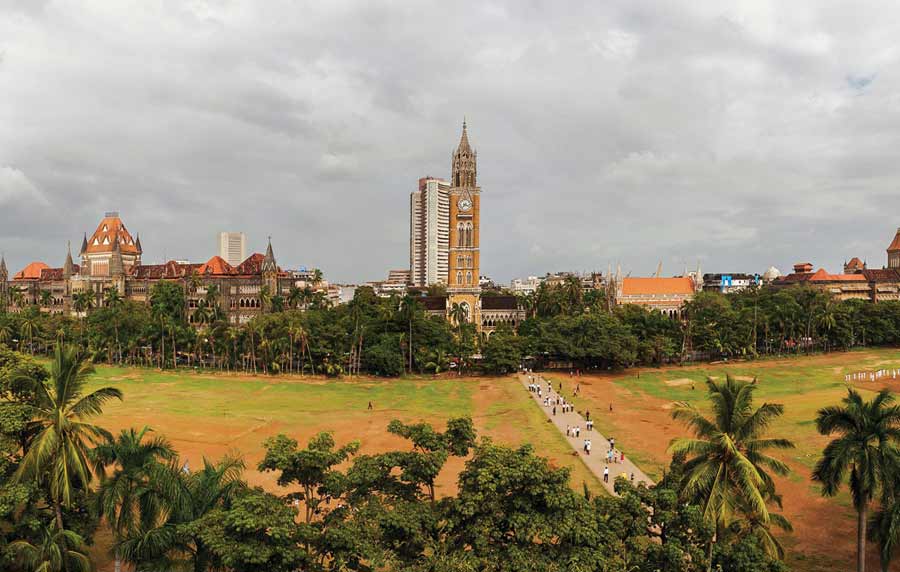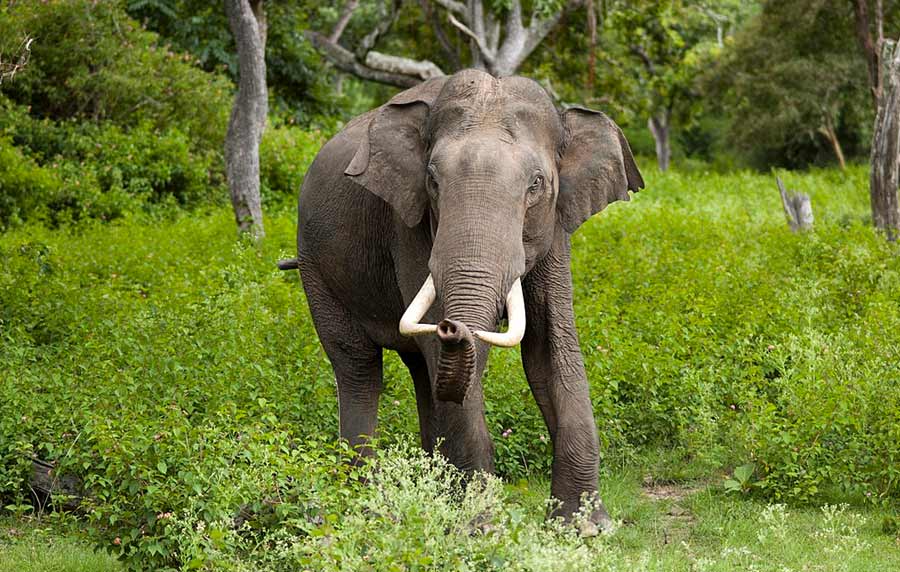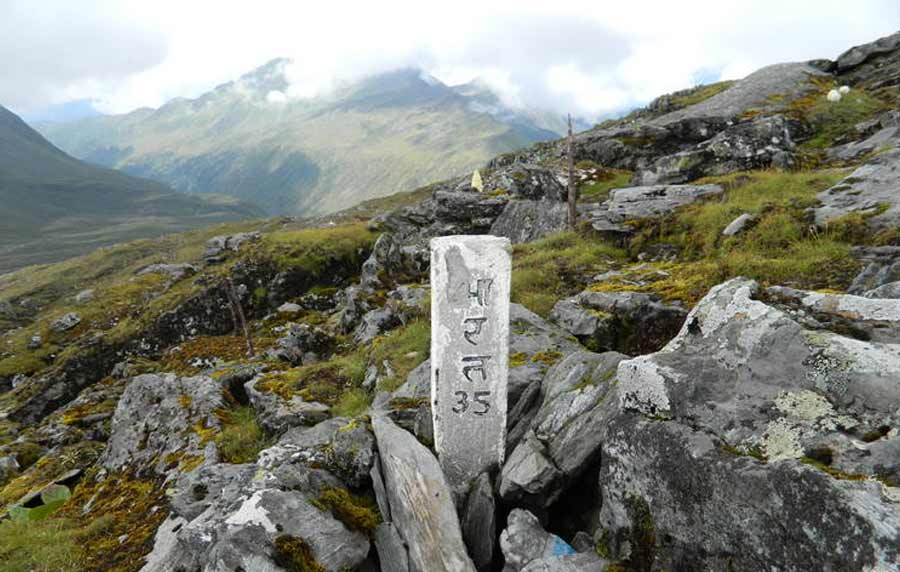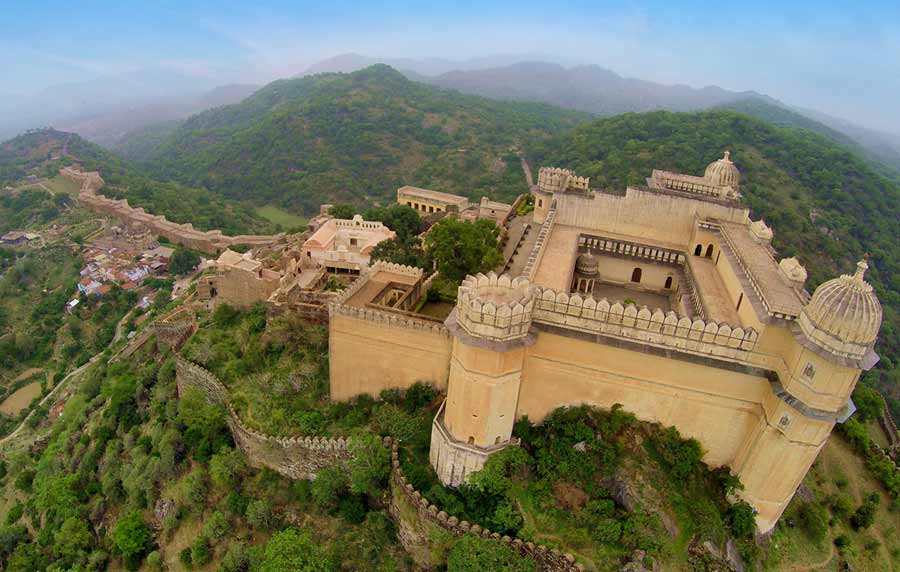Fatehpur Sikri
Built during the second half of the 16th century by Emperor Akbar, Fatehpur Sikri (the City of Victory) was the capital of the Mughal Empire for only some 10 years. The complex of monuments and temples, all in a uniform architectural style, includes one of the largest mosques in India, the Jama Masjid.
Fatehpur Sikri is overshadowed by the nearby Taj Mahal and Agra Fort, which is too bad because it is one of the great attractions in India in its own right.
Located about 45 minutes outside of Agra (with traffic) Fatehpur Sikri is both a palace and an imperial city. Located on a high plateau, it gives a fantastic view of the surrounding countryside as well as cooler temperatures.
I’d highly recommend hiring a guide if you are paying a visit. There are many details which you would never know about unless they were pointed out to you.
Things to take special note of include: the human Parcheesi board, the dramatically different sizes of the buildings for the emperors Mulsim, Christian and Hindu wives, and elevated platform in the building where the emperor heard petitions.
Make sure not to miss the Jama Masjid. It is easy to miss it if you are only in the palace area. It is a massive arch with serves as the entrance to the mosque, made even more impressive because it is set on the top of a hill.
The parking area for Fatehpur Sikri is a distance away from the palace, so note that you have to take a shuttle bus to get there and back.
Overview
Fatehpur Sikri is a fortified ancient city located 40 kilometers west of the city of Agra. This is a cultural UNESCO World Heritage Site in India. It also served as the capital of the Mughal Empire for a short period of time (from 1572 to 1585). This ancient city known for its massive fortification was under the rule of Emperor Akbar. Prior to it being named as capital during the Emperor’s reign, he visited the city of Sikri to consult with Sufi saint Shaikh Salim Chishti.
Aside from establishing Fatehpur Sikri as the capital during his reign, he also built a few structures within this ancient fortified city. Among these important structures are a mosque and three palaces.
UNESCO World Heritage Sites India
The United Nations Educational, Scientific and Cultural Organization (UNESCO) World Heritage Sites are important places of cultural or natural heritage as described in the UNESCO World Heritage Convention, established in 1972. There are 37 World Heritage Sites located in India. These include 29 cultural sites, seven natural sites and one mixed site. India has the sixth largest number of sites in the world. Recently, Orchha is enlisted in the tentative list of UNESCO. The Seventh Wonder of the World and a UNESCO World Heritage Site, Taj Mahal is not merely a site that brings us to the pages of history; it is an epitome of true love, brilliant architecture and artistic precision. The white-marble mausoleum was commissioned by Shah Jahan for his wife, Mumta Mahal, way back in 1632. And to complete the masterpiece it took about 22 years and as much as 20,000 artisans.
 +91 9799050299
+91 9799050299 


